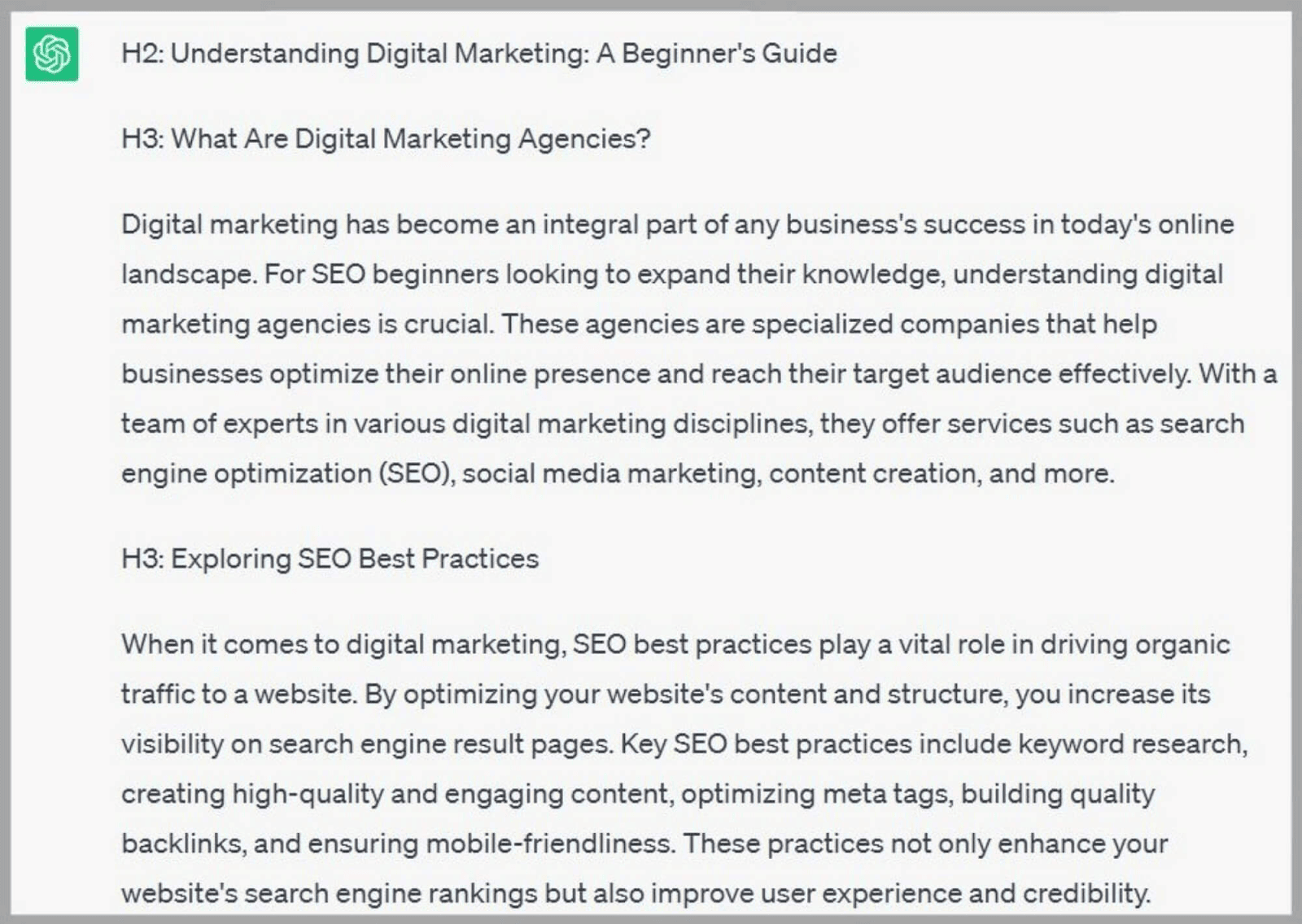Unlocking Insights: Non-default Mediums and SEO in Google Analytics
Wiki Article
Revealing the Unconventional Mediums in Google Analytics Beyond Default Setups
In the realm of digital analytics, Google Analytics stands as a keystone for organizations looking for to comprehend their on the internet presence. By venturing beyond the surface area and diving right into the ins and outs of social media data, email project efficiency, recommendation traffic resources, straight web traffic patterns, and customized channel collections, a prize chest of info waits for those ready to accept a more nuanced strategy.
Leveraging Social Media Insights
Periodically neglected, yet immensely useful, is the method of leveraging social networks understandings within the realm of Google Analytics. By incorporating data from systems like Facebook, Twitter, Instagram, and LinkedIn right into Google Analytics, businesses can gain a deeper understanding of their target market and the effectiveness of their social networks projects.Through this integration, marketers can assess and track user behavior on their web site that stems from social media platforms. They can determine which social networks networks are driving one of the most traffic, which content is resonating with the audience, and which campaigns are converting the most leads. This understanding enables data-driven choices to maximize social media strategies and improve overall advertising performance.
Moreover, by integrating social networks insights with Google Analytics, organizations can create more targeted and customized campaigns - what is not considered a default medium in google analytics. They can utilize market info, rate of interests, and online actions gathered from social networks to improve their target market segmentation and provide tailored messages that resonate with specific customer teams. This targeted method can result in higher engagement, increased conversions, and ultimately, boosted return on financial investment
Revealing Email Campaign Performance
Revealing Email Project Performance entails analyzing vital metrics and efficiency signs to assess the effectiveness of e-mail advertising and marketing efforts. When delving into e-mail project performance, it is important to assess metrics such as open prices, click-through rates, conversion rates, and unsubscribe prices. Open prices suggest the percentage of receivers that opened the e-mail, offering insight right into the effectiveness of subject lines and sender names. Click-through prices determine the percentage of receivers that clicked web links within the e-mail, revealing involvement levels. Conversion rates track the percent of receivers that completed a wanted action after clicking a link in the e-mail, such as signing or making an acquisition up for a newsletter. Unsubscribe rates highlight the number of receivers who chose out of receiving additional e-mails, losing light on email material quality and significance. By analyzing these metrics, marketers can tweak their e-mail advocate much better involvement and performance.Analyzing Referral Web Traffic Sources
After examining the performance of e-mail projects through key metrics such as open rates and conversion rates, the following critical action is analyzing referral traffic sources in Google Analytics to understand where site visitors are coming from and how they communicate with the site. Recommendation web traffic sources refer to the websites that direct users to your website via clickable web links. By diving into this data, companies can acquire insights into which exterior systems are driving web traffic to their site, whether it be social networks platforms, partner internet sites, or on-line directory sites.It assists businesses determine high-performing reference sources that add dramatically to website traffic and conversions. Google Analytics provides comprehensive records on referral web traffic, permitting companies to track the efficiency of each reference source precisely and make data-driven choices to boost their online existence.
Discovering Straight Traffic Patterns
Exploring the direct traffic patterns in Google Analytics offers useful understandings right into individual actions and the performance of projects - what is not considered a default medium in google analytics. Straight website traffic describes site visitors that arrive on an internet site by straight keying the link right into their web browser, utilizing book marks, or clicking on untagged links. Understanding direct website traffic patterns can aid online marketers assess the impact of offline marketing efforts, brand name acknowledgment, and the performance of word-of-mouth recommendationsBy delving into straight website traffic information, services can uncover critical details concerning individual intent and brand loyalty. Analyzing the actions of straight visitors, such as the web pages they see, the moment spent on website, and the conversion price, can offer a deeper understanding of customer interaction and the overall effectiveness of the internet site in converting site visitors right into clients.
Furthermore, tracking direct website traffic patterns gradually allows organizations to determine trends, seasonality results, and the success of certain campaigns or promos in driving direct brows through. find here This info can then be made use of to refine advertising and marketing methods, optimize web site content, and boost the overall customer experience click here for info to make best use of conversions.
Using Custom Channel Groupings
Making use of customized network groupings in Google Analytics permits businesses to classify and analyze their web site web traffic based on certain criteria, supplying beneficial insights for enhancing marketing techniques. Personalized channel collections make it possible for companies to produce their very own tailored groupings of web traffic resources, such as social media, organic search, email projects, and reference traffic. By defining these collections, organizations can gain a deeper understanding of exactly how various advertising and marketing networks add to their site traffic and conversions.This function is specifically valuable for businesses with diverse advertising methods throughout numerous systems. A business running both paid and organic social media campaigns can distinguish between the two to assess their individual performance accurately. Additionally, custom channel groupings can aid recognize any kind of forgotten or taken too lightly website traffic resources that may be driving important engagement.
Conclusion

By venturing past the surface area and delving into the details of social media data, email project efficiency, referral web traffic resources, direct web traffic patterns, and custom-made network groupings, a treasure chest of details awaits those prepared to accept an extra nuanced approach. They can determine which social media networks are driving the most traffic, which web content is reverberating with the audience, and which campaigns are converting the browse around here most leads.After examining the efficiency of e-mail projects through key metrics such as open rates and conversion rates, the next vital action is analyzing referral traffic sources in Google Analytics to comprehend where web site site visitors are coming from and just how they connect with the website. Personalized network groupings enable companies to create their own customized groupings of traffic sources, such as social media, organic search, e-mail projects, and referral traffic. By leveraging social media understandings, revealing e-mail project efficiency, examining recommendation web traffic sources, checking out direct traffic patterns, and utilizing custom network groups, marketing experts can obtain useful understandings into their online visibility.
Report this wiki page